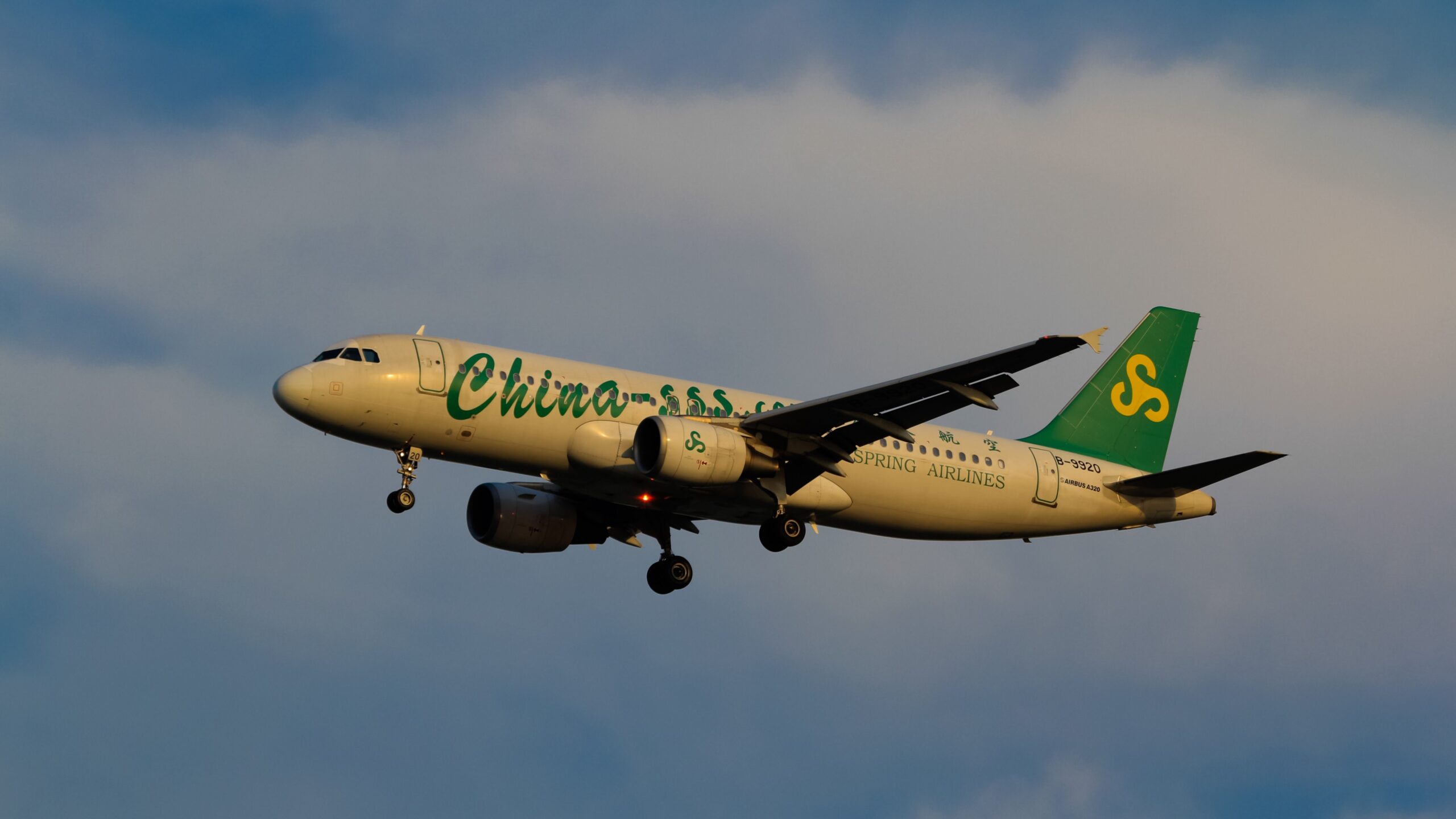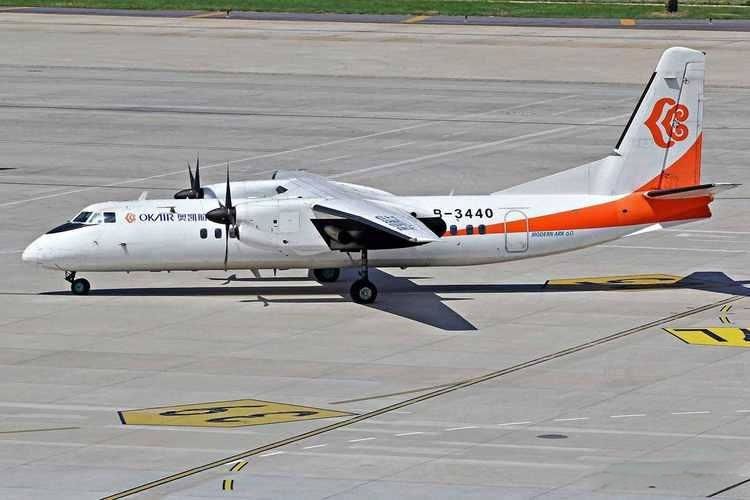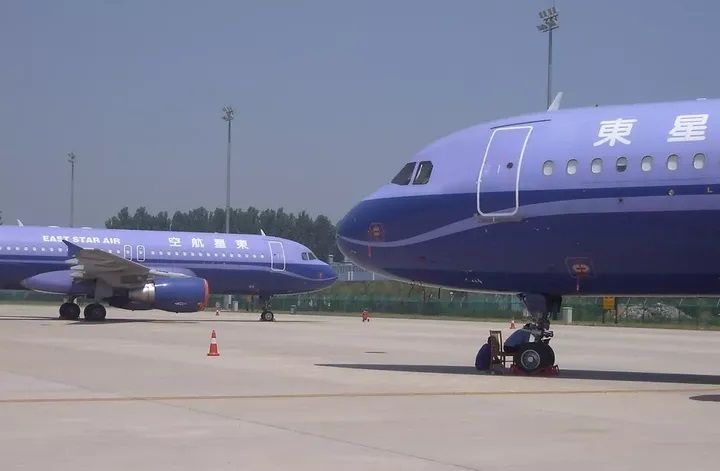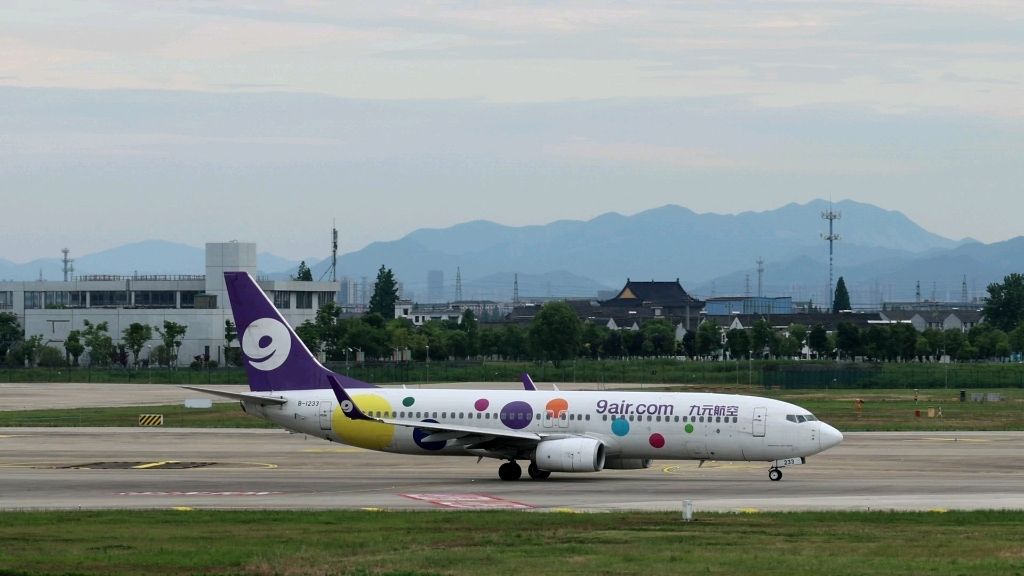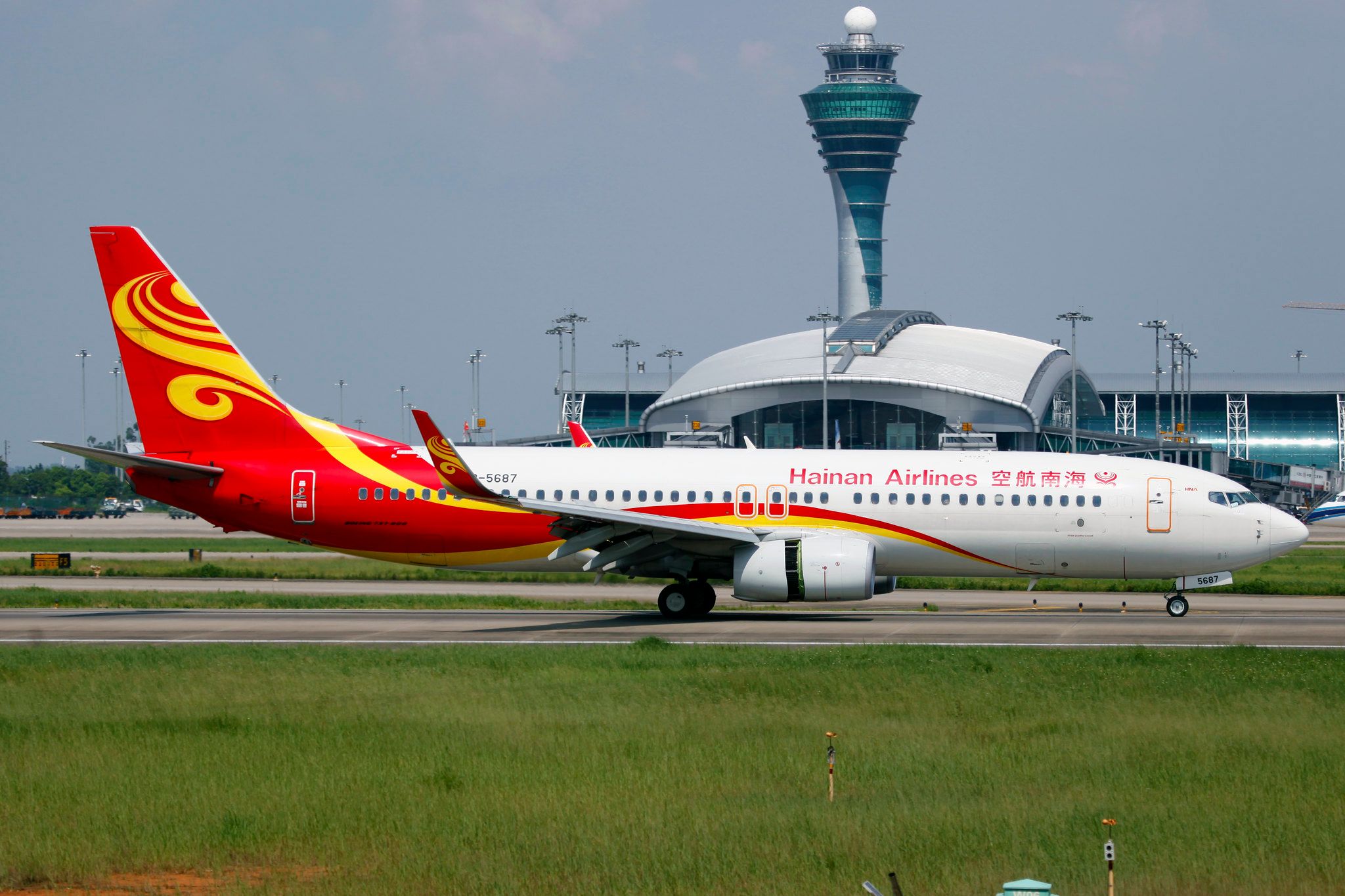Summary
- In 2004, China’s CAAC announced the relaxation of entry conditions for private capital into the civil aviation market, marking the inception of private aviation in China.
- United Eagle Airlines, Okay Airways, and Spring Airlines were among the first private airlines to receive approval for preparations.
- Today, Spring Airlines, Juneyao Airlines, and China Express Airlines are the three giants of China’s private airlines.
In 2004, a year of significant historical importance in the history of China’s civil aviation, the Civil Aviation Administration of China (CAAC) announced in December that it would relax entry conditions for private capital into the civil aviation market, removing restrictions on private investment entities establishing public air transport enterprises.
This year can be regarded as the inception of private aviation in China. Once the policy door was opened, private capital flocked in.
At that time, United Eagle Airlines and Okay Airways competed to become the first private airline in the country.
Even before the policy was officially introduced, United Eagle Airlines became the first private airline to receive approval from the CAAC in February 2004 to begin preparations. In May of the same year, Okay Airways and Spring Airlines were also approved for preparation.
However, it was still undecided who would be the first to start operations.
Okay Airways: The first private airline to begin commercial operations
The founder of Okay Airways, Liu Jieyin, once worked at CAAC and later helped establish Xinhua Airlines, serving as its deputy general manager. After Xinhua Airlines was reorganized by Hainan Airlines, he left and began preparations for Okay Airways in May 2004.
Leveraging his extensive industry background, Okay Airways made its maiden flight on March 11, 2005, becoming the first private airline in China to commence commercial operations.
Photo: Okay Airways
From a civil aviation official to the head of the first private airline to take off, Liu Jieyin was a pioneer and a symbolic figure. In an interview at the time, Liu Jieyin expressed grand ambitions for Okay Airways:
“In 2005, we plan to operate six aircraft. Over the next ten years, Okay Airways will have more than 90 passenger and cargo planes and open more routes.”
East Star Airlines: From wealth to prison
However, Liu Jieyin’s fame was soon overshadowed by another person. In 2005, Lan Shili’s East Star Group applied to establish an airline and received approval.
Before entering the civil aviation industry, Lan Shili was a locally well-known wealthy individual in Hubei Province, China. After entering the civil aviation industry, he discovered that owning an airline brought unparalleled recognition. In his memoirs written in prison, he mentioned:
“From the day I owned an airplane, everything changed… In an instant, I had the opportunity to communicate equally with heads of state, celebrities, and leaders from various fields. It was as if I soared to the heavens, overlooking the world from above.”
With the establishment of East Star Airlines, Lan Shili transformed from a moderately wealthy local figure to a nationally renowned entrepreneur. Before East Star Airlines, there were already three private airlines in China: United Eagle Airlines, Okay Airways, and Spring Airlines, all operating old leased aircraft.
Determined to change this, Lan Shili decided to buy the best and newest aircraft. Without any bank guarantees, he secured 20 aircraft worth 12 billion yuan from Airbus and General Electric Commercial Aviation Services with an initial payment of 180 million yuan.
Photo: East Star Airlines
At that time, Sichuan Airlines, established 17 years earlier, had a fleet of only 20 aircraft. East Star Airlines thus became the largest private airline in China at the time. In less than three years, by 2008, East Star Airlines had a fleet of nine brand-new A320 series aircraft. During this period, Lan Shili was celebrated as the “first person in China’s private airliner.”
In 2008, the global financial crisis hit, leading to the biggest losses in the history of China’s civil aviation industry. East Star Airlines faced financial difficulties, and Lan Shili sought external assistance. After several failed attempts at restructuring, East Star Airlines declared bankruptcy in 2009.
In April 2010, Lan Shili was sentenced to four years in prison for “evading tax payments.”
Civil aviation administration hits the brakes
Due to the influx of private capital into the civil aviation industry, in August 2007, the CAAC adjusted its policies, announcing that it would suspend the acceptance of new airline applications until 2010.
In the two years before 2007, many private airlines had emerged, including Okay Airways, Spring Airlines, United Eagle Airlines, East Star Airlines, and others, with more than ten additional airlines in preparation. As the industry developed rapidly, issues such as a shortage of technical personnel, airspace resources, and airport support capabilities became increasingly prominent.
After the new policy was introduced, private airlines faced divergent paths. Ying’an Airlines quickly lost its operating license. United Eagle Airlines and Northeast Airlines underwent shareholder changes and rebranding and eventually turned to state-owned capital. Okay Airways frequently changed hands due to conflicts between its strong-willed founder and shareholders, leading to a turbulent journey.
Private aviation boom resumes
Starting in 2009, China’s civil aviation industry entered a golden decade, experiencing continuous profitability and rapid growth from 2009 to 2019.
The most successful private airlines during this period were Shanghai’s Spring Airlines and Juneyao Airlines.
In 2004, Wang Zhenghua, who had reached retirement age, founded Spring Airlines, China’s first low-cost airline. No one expected that the then-dilapidated and crowded Spring Airlines, which Lan Shili once looked down upon, would become the fastest-growing private airline.
By the end of 2013, Spring Airlines had a fleet of 39 aircraft. In 2013, Spring Airlines achieved a passenger load factor of 93.54%, with annual passenger traffic exceeding 10 million for the first time, reaching 10.55 million. More importantly, it maintained a sustained profitability. Spring Airlines also began planning for its IPO.
Against the backdrop of industry growth, the CAAC reopened the door to the establishment of new private airlines in 2013. Within a year, five privately controlled airlines were approved in July 2014, igniting the second wave of private aviation in the domestic market.
During this period, several airlines were established, including 9 Air, Ruili Airlines, Qingdao Airlines, Fuzhou Airlines, Urumqi Air, Beibu Gulf Airlines, Red Earth Airlines, and Longjiang Airlines.
Photo: 9 Air
This period was a frenzy for private airlines. While successful airlines like Spring Airlines and Juneyao Airlines grew steadily, and SF Airlines became the largest cargo airline in China, many private capital investments ended in failure.
In response to this frenzy, in August 2016, the CAAC tightened policies again, suspending new airline applications and raising the threshold for existing airlines to establish subsidiaries and branches. The door for new airlines was once again closed.
A special case: Hainan Airlines
During this time, Hainan Airlines stood out. Lan Shili of East Star Airlines claimed that his practice of leveraging without collateral was a first in civil aviation. However, compared to Hainan Airlines’ founder, Chen Feng, he was on a different level.
In 1992, during its early days, Hainan Airlines, led by Chen Feng, introduced four Boeing 737 aircraft for just 10 million yuan.
Chen Feng’s strategy was not just about aviation but finance. In that year, Chen Feng raised 240 million yuan through targeted fundraising, reorganizing Hainan Airlines into a joint-stock company with a registered capital of 250 million yuan. Using the 250 million yuan as credit collateral, he secured a 600 million yuan bank loan to purchase two Boeing 737 aircraft, then used these two aircraft as collateral to order two more.
In 1995, as Hainan Airlines expanded, new funding was necessary. Chen Feng traveled to Wall Street and persuaded George Soros, who ultimately invested 25 million USD in the Quantum Fund’s American Aviation Company, to acquire a 25% stake in Hainan Airlines. This made Hainan Airlines the first Sino-foreign joint venture airline in China.
Subsequently, Hainan Airlines expanded rapidly through mergers, acquisitions, and strategic partnerships, eventually developing into the Hainan Airlines Group. Hainan Airlines operated 12 passenger licenses in China, becoming the airline group with the most licenses.
Additionally, Hainan Airlines established an airport group, making it the only airline group in China with its own airports. In the leasing industry, Avolon became the world’s third-largest aircraft leasing company. Internationally, Hainan Airlines acquired stakes in airlines across Europe, South America, and Asia.
Hainan Airlines became the fourth-largest airline group in China, the third-largest airport group, the third-largest aircraft leasing company globally, and the largest ground service provider.
Everyone knows the latter story of Hainan Airlines. In 2021, it declared bankruptcy and reorganization. From its founding in 1993 to 2021, Hainan Airlines Group experienced a dramatic rise and fall over 28 years, leaving a lasting impact.
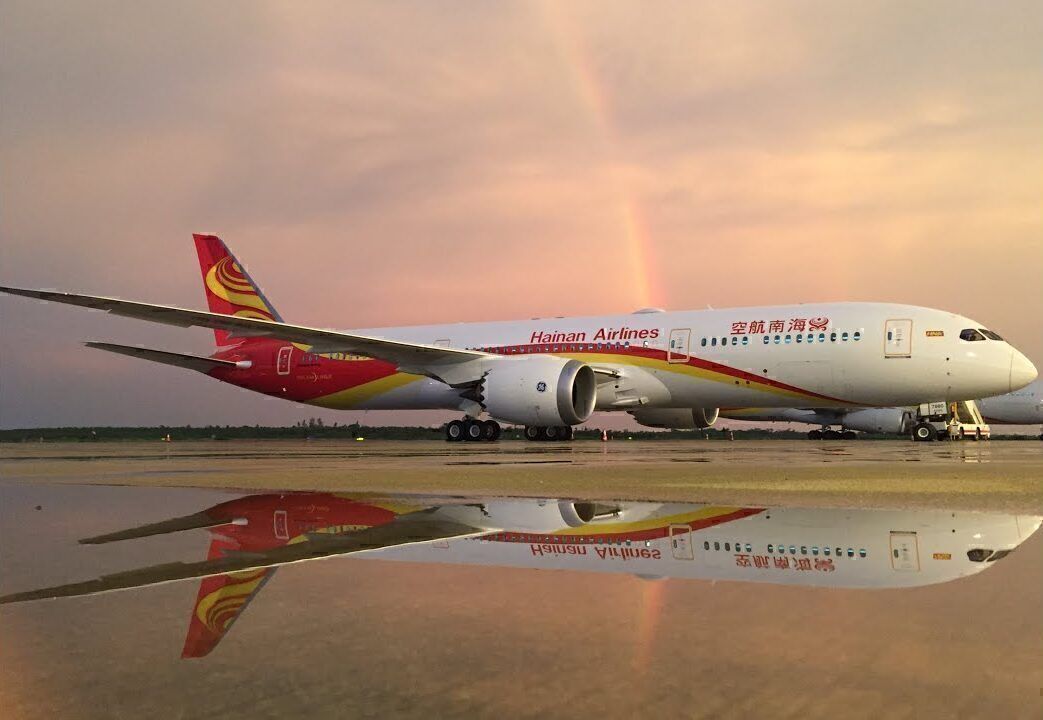
Related
HNA Group Bankrupt But Hainan Airlines To Carry On Flying
The most successful private airlines in China today
After nearly 20 years of steady progress, in 2023, Spring Airlines became the most profitable airline in the civil aviation industry.
Coincidentally, in 2023, three private airlines – Hainan Airlines, Spring Airlines, and Juneyao Airlines – all turned a profit. China Express Airlines, a representative of regional aviation, also achieved profitability in the first quarter of 2024.
The tide rises and falls. Over the past 20 years, China’s private airliners have seen bankruptcies, continuous losses, shareholder changes, and significant growth, truly reflecting the dynamism of a market economy.
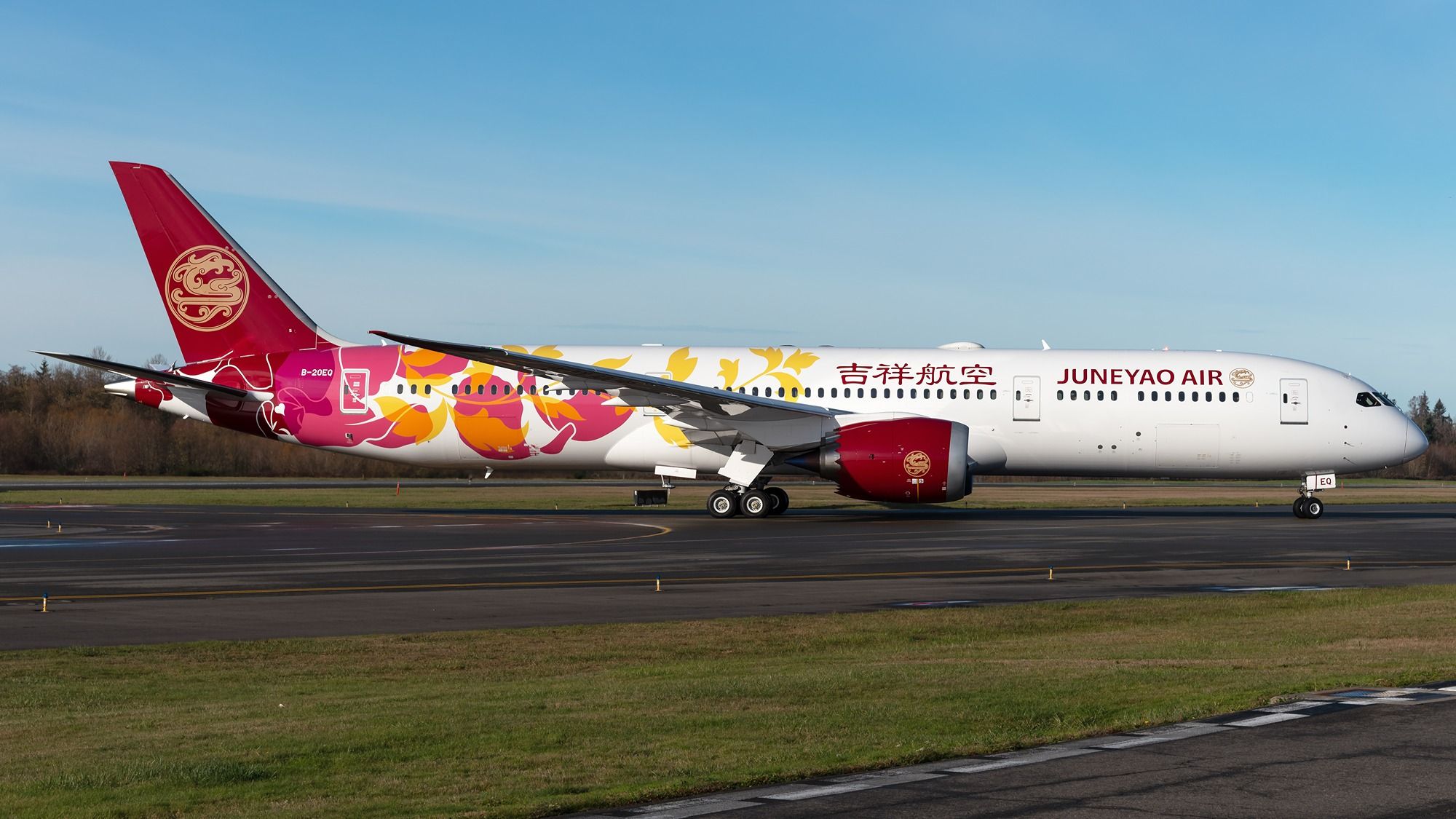
Related
Pictured: Juneyao Airlines Is Set To Receive The First Chinese Boeing 787 Delivery For 4 Years
Is Boeing finally going to deliver aircraft to Chinese-based airlines?

